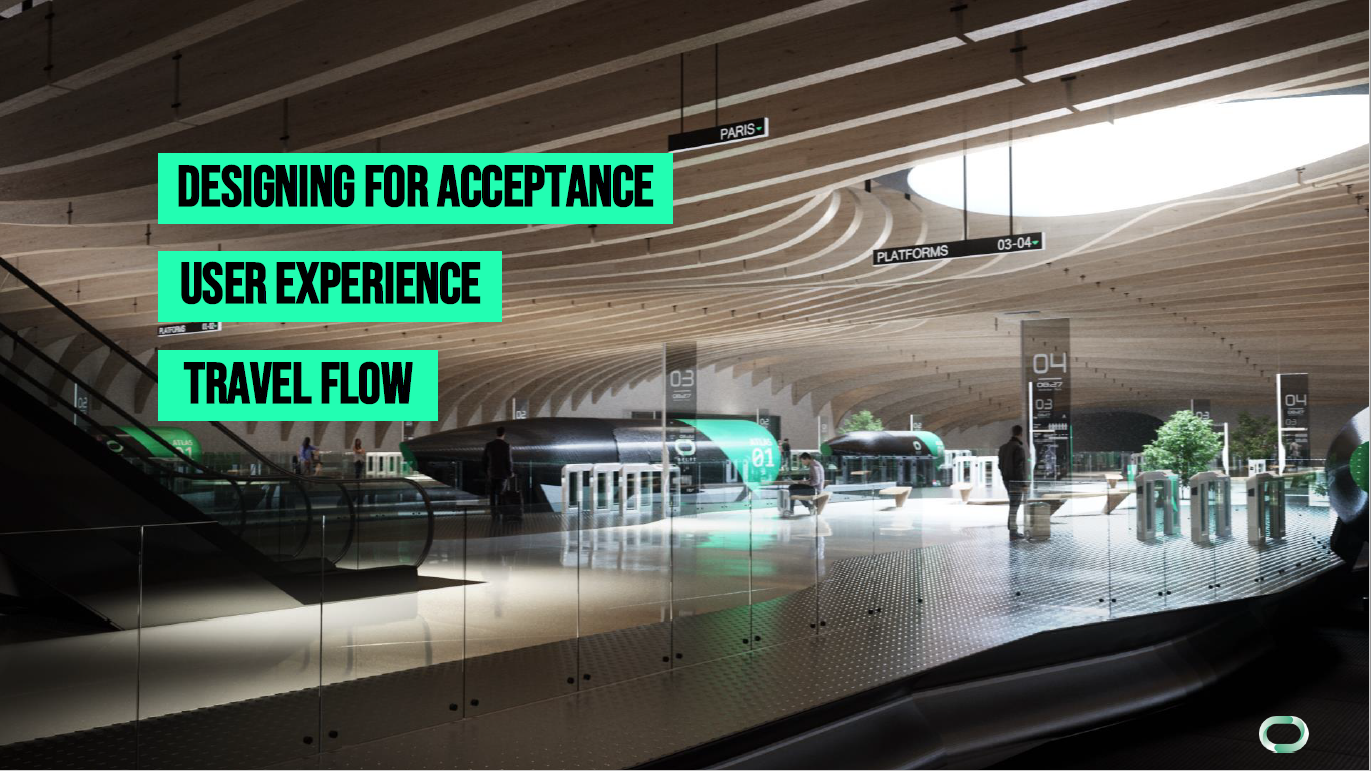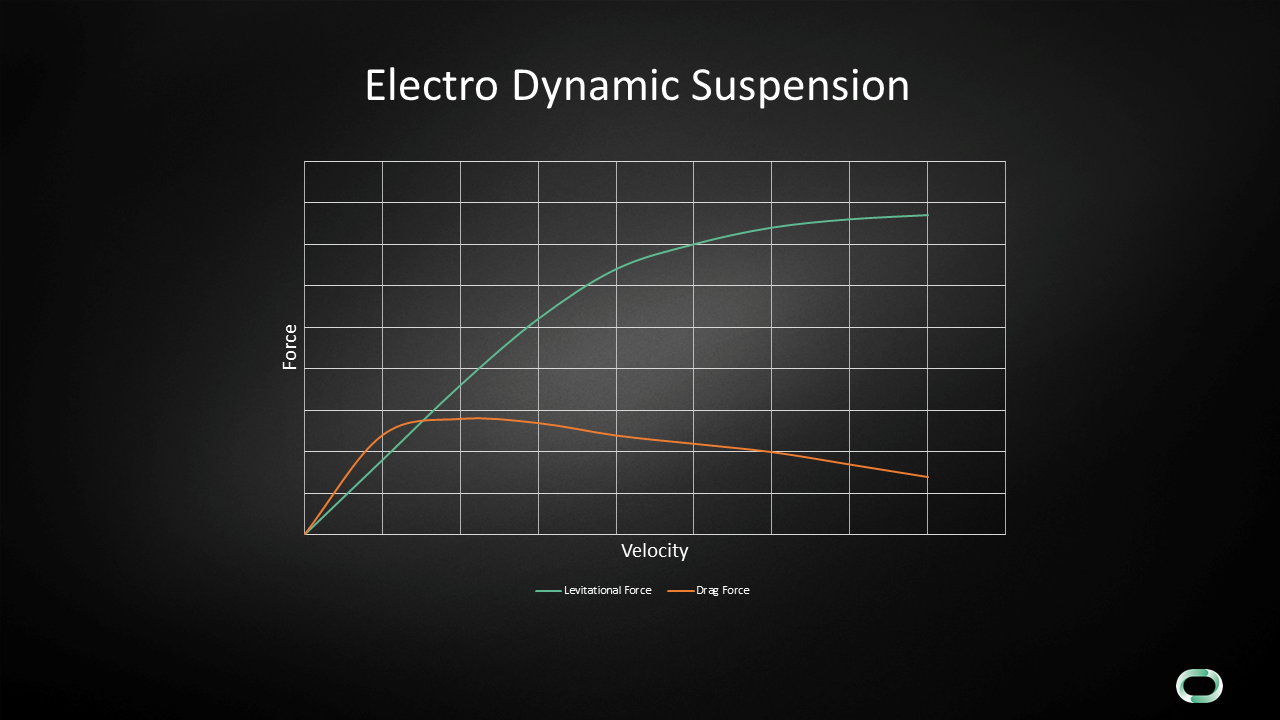6.1.2 Wrap-up
Course subject(s)
Module 6. Wrapping up

Below, you will find a summary of the previous weeks. We will be addressing the main message that we tried to convey to you guys and discuss some of the main opportunities and problems.
Week 1: Basics Principles of Hyperloop and Levitation
The first week was about the current state of transportation methods. We saw that there are many problems that we need to solve and we discussed the main three: congestion, external influences and efficiency. Improving the efficiency is especially important for our fastest modes of transportation: trains and planes.
Our aim was to show how the Hyperloop might be a solution to our problems and how its most basic concept functions. The Hyperloop in its most basic form only consists of capsules traveling through vacuum tubes.
Next, we already dove into some technical aspects, namely the levitation. Bas explained the main concepts, such as wheels, air bearings andmagnets and provided you with an overview of the advantages and disadvantages. For example, think of the drag peak related to EDS as seen below. The exact numbers depend on the design, but generally low speeds are less favorable for EDS.
Week 2: Propulsion and Braking
In week 2, we really considered the technical topics of the Hyperloop, beginning with propulsion. You saw different options, ranging from magnetic propulsion to rocket engines. Due to the efficiency and suitability for high speeds a linear induction motor (LIM) looked especially promising since for example using wheels becomes very difficult at speeds similar to airplanes.
Our second topic was the braking of the vehicle, maybe the most important subsystem, since we need to safely bring people to a stop regardless of the situation. The options we looked into where magnetic braking, friction braking, parachutes and retroburning, the latter two of which were logically not the most optimal.
Week 3: Power, Structures and Electronics
Week 3 began with a lecture on structures by Daan, in which he discussed the materials and structural design. For the materials, we mainly looked into aluminum and carbon fiber and for the structural design we saw what main forces we have to carry. Lastly, we had a short look at the aerodynamic shape of our vehicle, which still remains important at the low pressure the Hyperloop uses.
Secondly, we tried to provide some more insight into the power and electronics of the Hyperloop. Certain propulsion methods are more suitable for sustainable power sources than others, such as the LIM allowing for solar panels along the track instead of carrying power on-board. Next, of course, we would like to limit the power we use and find efficient or passive ways to perform our functions. Lastly, we looked at some software aspects and especially at how we could ensure that we determine our location accurately, even though we are in closed tubes.
Week 4: Safety and Design
In week 4, we left the very technical design aspects behind and started looking at by far the most important topic, safety. We divided the safety aspects into three categories: safety inside the pod, safety inside the network and safety inside the station. Although we definitely did not have a final safety plan ready yet, you learned about some promising options that can be derived from other modes of transportation.
The second topic of this week was the passenger experience and mainly its influence on the Design of a pod. As a Hyperloop designer, like Rhita, you would have to find a way to keep passengers comfortable during their travel in the closed tubes for example by adjusting the lighting and design proper chairs. But the passenger experience extends further and even includes passenger flow and the ease with which they can access the Hyperloop. Don’t forget which aspects are important, you can find them in the image below!

Week 5: Infrastructure of the Hyperloop
Our last content week was about the network design of the Hyperloop and you got to play with your own network in the tool made by Kevin. You saw how some routes were more profitable than others and Jelle explained how you can make such choices in his lecture on network design. Factors such as currently available infrastructure and the number of inhabitants are but two aspects that should be taken into account.
Lastly, we again saw a video with Jelle and he discussed tunnels in detail tunnels and how we could build the Hyperloop underground. Looking into some economics, you learned how we can for example use the excess space in the tunnels to provide other companies with easy ways to transport resources between cities or countries.
So that’s everything we dealt with in the past weeks and we hope that it gave you some idea of the current development of the Hyperloop. More important, we hope that you were able to form your own opinion and vision about the Hyperloop, even though some of you might still feel the Hyperloop is not feasible.

Hyperloop: changing the Future of Transportation by TU Delft OpenCourseWare is licensed under a Creative Commons Attribution-NonCommercial-ShareAlike 4.0 International License.
Based on a work at https://online-learning.tudelft.nl/courses/hyperloop-changing-the-future-of-transportation/.




